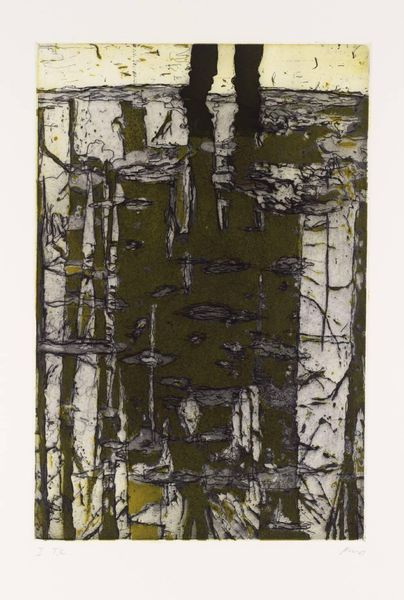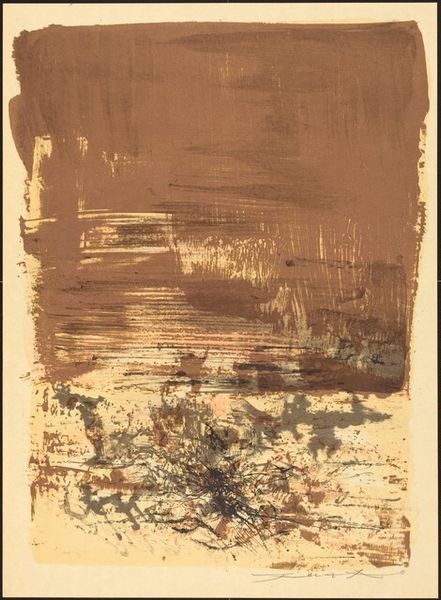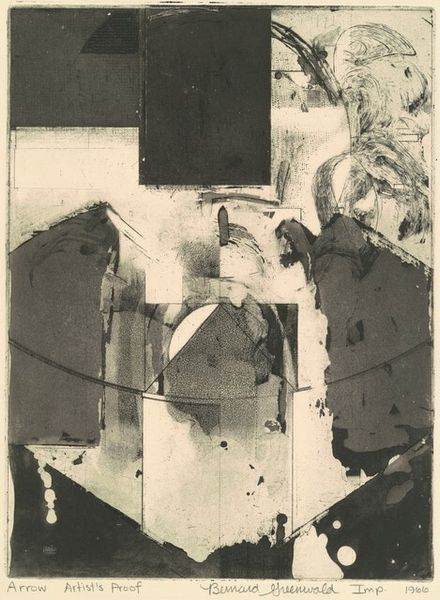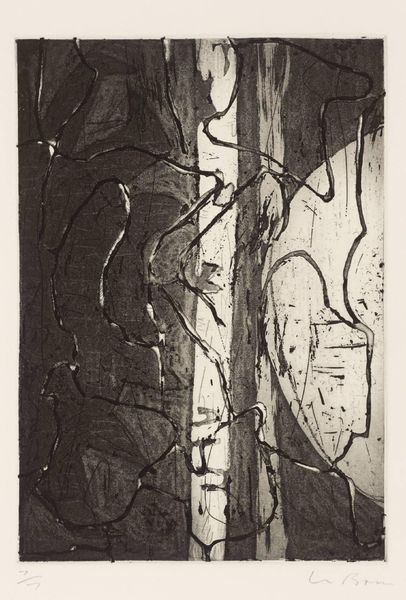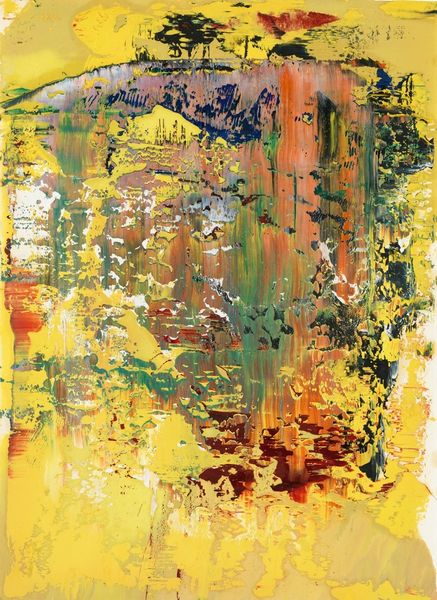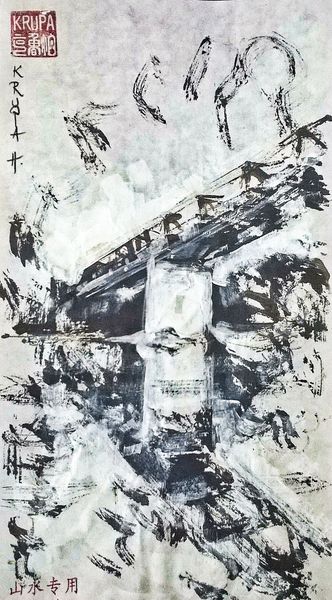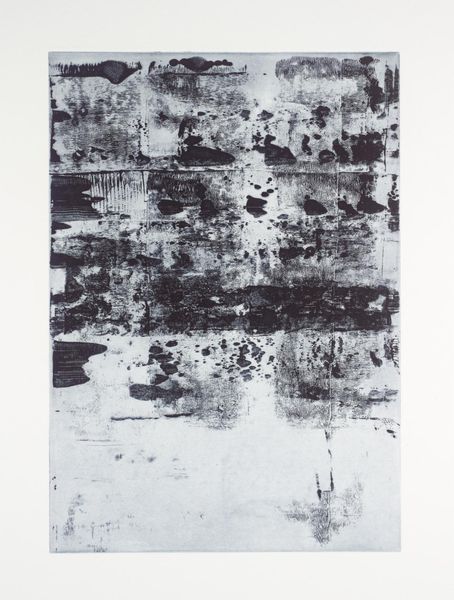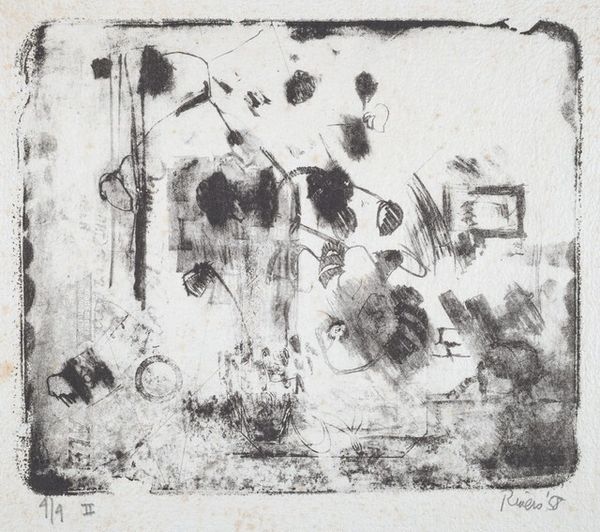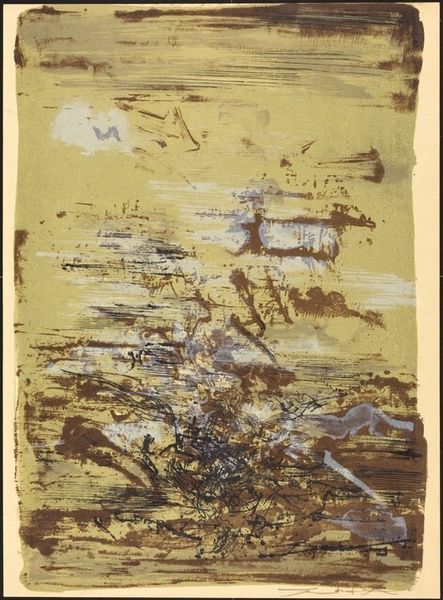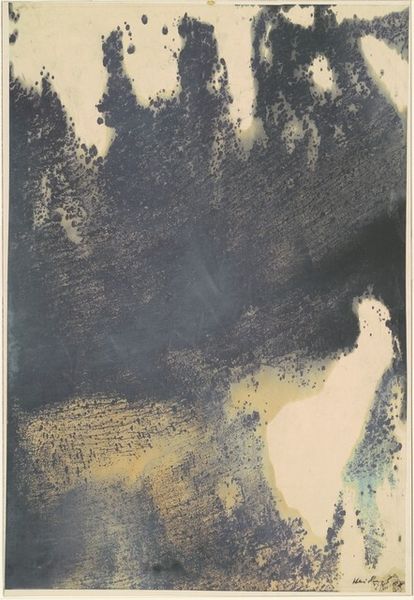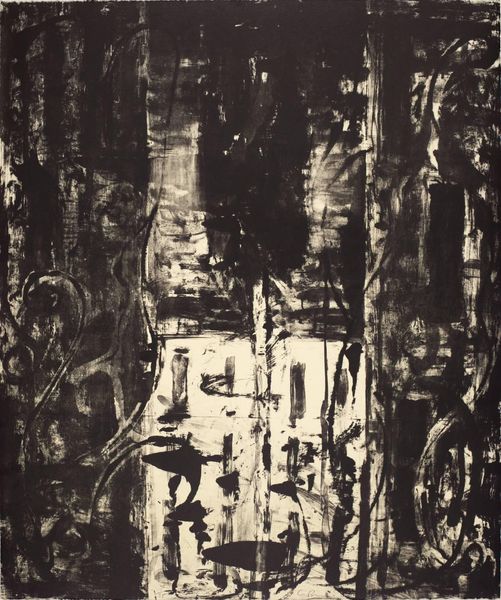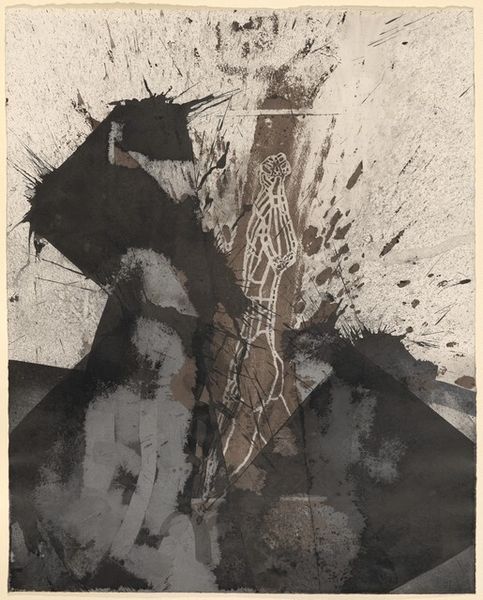
Dimensions: image: 762 x 445 mm
Copyright: © The Piper Estate | CC-BY-NC-ND 4.0 DEED, Photo: Tate
Editor: Here we have John Piper's "Corton Church, Suffolk," undated, from the Tate Collections. It's a striking image! I’m immediately drawn to its textured surface and the way the building seems to emerge from the shadows. How do you interpret the use of architectural subjects in his work? Curator: Piper often depicted churches and ruins, not just as aesthetic objects, but as symbols of cultural memory and national identity, especially during and after the Second World War. Think about the role of these structures as communal spaces. How does Piper present them? Editor: I see what you mean. It feels less like a celebration of architectural grandeur and more like a meditation on survival and the passage of time. Curator: Exactly. Consider also how the war effort redefined art's purpose, shifting its focus towards documenting and preserving cultural heritage amidst destruction. This piece serves as a powerful reminder of the complex relationship between art, history, and collective memory. Editor: That’s a great point; thank you for helping me contextualize Piper’s artistic intent! Curator: My pleasure. It’s always insightful to consider art's role in shaping our understanding of the past.
